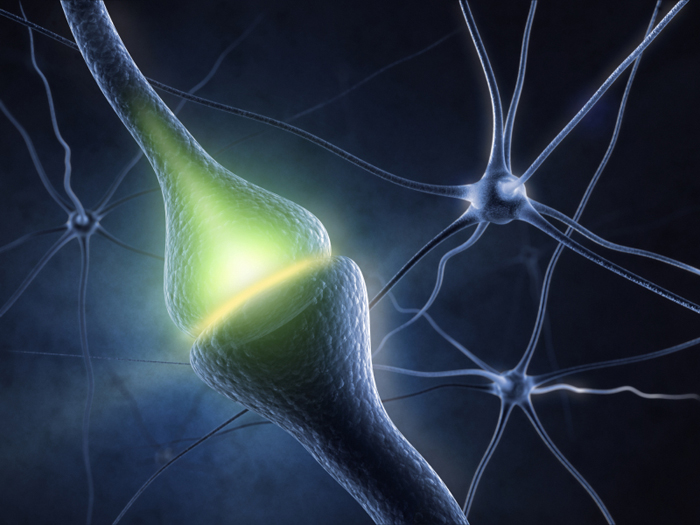Monoamines are neuromodulators that are derived from single amino acids. The major constituents of these compounds are serotonin, noradrenaline, and dopamine. The former is a derivative of the amino acid tyrosine, while the latter is derived from tryptophan.
Monoamine neurotransmitters are substances that are used to treat various disorders such as schizophrenia and anxiety. They are composed of one amino group linked to a two-carbon chain. Some examples of these include serotonin, dopamine, and norepinephrine.
These molecules are known to play a significant role in the transmission of information between animals’ synaptic receptors. In the brain, they play a variety of roles, such as regulating the regulation of multiple central nervous system functions.
In disorders such as schizophrenia and Parkinson’s disease, the dysfunctions in the monoamine neurotransmission are known to be associated with these diseases. These disorders can be treated by drugs that are specifically designed to treat these conditions.
All of the monoamines are made from aromatic amino acids, such as phenylalanine, tryptophan, and tyrosine. They are then deactivated by enzymes known as monoamine oxidases. These are also responsible for removing the amine group from the body.
The networks of neurons that use these chemicals are known as monoaminergic systems. They are involved in regulating various processes such as memory and arousal. It has also been known that these chemicals play a role in the production of neurotrophin-3, which is a chemical that helps maintain the integrity of neurons.
Triamine neurotransmitters are commonly used to treat various mental disorders, such as schizophrenia and anxiety.
Chemical Coding
The idea of chemical coding of certain behaviors was first proposed by Graham Hoyle after he and his colleagues discovered that the neuromodulators can trigger a single coherent behavior in a certain region of the central nervous system.
The so-called “orchestration hypothesis” states that the release of neuromodulators triggers specific circuits in the central nervous system that are involved in the regulation of certain behaviors. Hoyle’s idea has sparked an era of intensive research, and subsequent discoveries have shown that other neuromodulators can also release well-defined behaviors.
The neuromodulation of large assemblies of neurons by monoamines is difficult to study in animals due to the complexity of their central nervous system. This is because the number of neurons involved in the regulation of a given behavior is very large. Although the mechanisms by which monoamines can trigger this behavior are still poorly understood, the models that are used to study this phenomenon provide promising tools.
The behavior of interest is usually exhibited by a restrained animal, which has been exposed to electrophysiological manipulations. The behavior that is being investigated is usually generated by a relatively few neurons, and each neuron is large enough to allow the animal to be observed and stimulated. Finally, if a single neuron is stimulated, the restrained animal can respond to the stimuli in an unambiguous manner.
Unfortunately, attempts to establish a direct relationship between the activation of monoamines and the regulation of certain behaviors in invertebrates have not always been successful. This is because, even in these animals, the assemblies of neurons are responsible for the initiation and modulation of behavior.
In addition to being able to exhibit a wide variety of behaviors, invertebrates also provide promising models for the study of the regulation of these activities. These models allow researchers to identify the various circuits that are involved in the development and maintenance of these behaviors.
Difference Between Monoamine and Neurotransmitters
What is the difference between neurotransmitters and monoamines? Monoamines are neuromodulators, while classical neurotransmitters are chemical messengers that confine their action to synapses. Classical neurotransmitters are linked by short distances (wired transmission), limiting their widespread distribution. In contrast, monoamines diffuse widely, determining their concentrations less by moment-to-moment fluctuations and more by the density of the transporters that carry them.
The amino acids and transmembrane domains of the transporter are conserved, despite having different sequences. The N-terminus and C-terminus of monoamine transporters have similar topologies. They have 12 transmembrane domains and a large extracellular loop endowed with N-glycosylation sites. This topology is used in the study of the transporters, which are involved in neurotransmission.
The enzyme monoamine oxidase is found in the liver, nerve tissues, and gastrointestinal tract. It is responsible for the breakdown of various monoamines. For example, this enzyme breaks down serotonin and epinephrine, two neurotransmitters that regulate the brain’s response to stress. It is important to note that monoamine oxidase inhibitors have fewer side effects when taken orally.
Although the similarity measure plays a key role in compound discovery, it is still important to keep in mind that structural similarities between molecules differ. The bioactivity cliff analysis of MAO-B data sets yields a similarity map with 5567 pairs. A pharmacophoric space analysis of chemical compound sets based on their similarity to MAO is an important tool for identifying redundancy. But this analysis must also include illustrative compounds with diverse pharmacophores.
The importance of age-associated changes in monoamine neurotransmission is evident. Several aspects of the brain are altered with age, including age-related protein-protein interactions, the selection of individuals studied, and whether the subjects have presymptomatic conditions such as Parkinson’s disease. Furthermore, the effects of ageing on monoamine neurotransmission in different brain regions differ. Because the changes in monoamines are age-related, they may serve as strategic targets for interventions.


Recent Comments